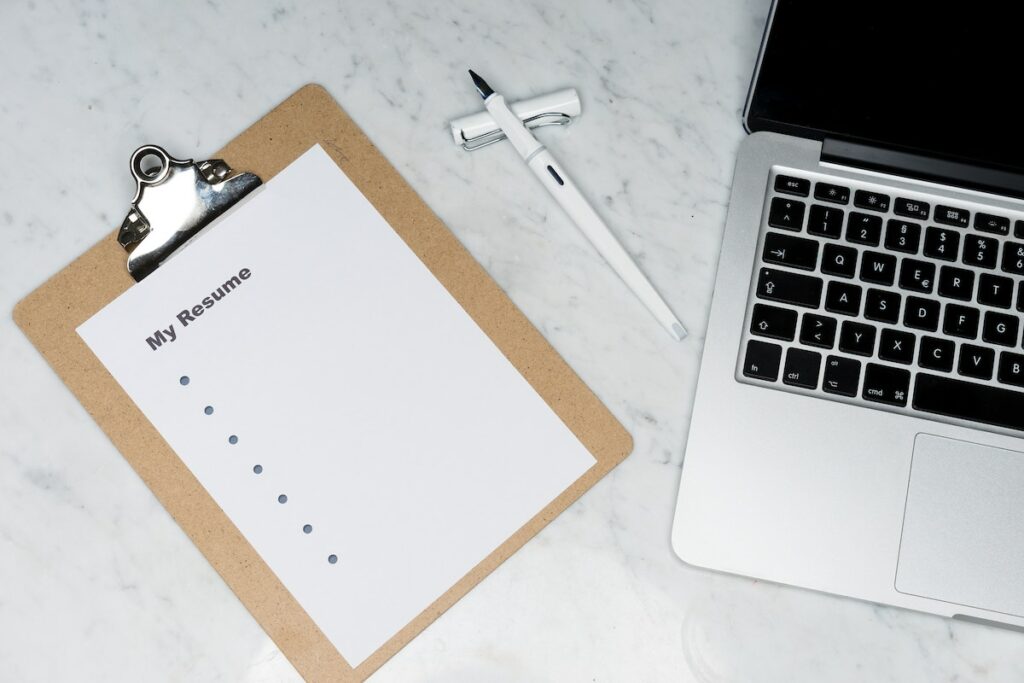Your resume is one of the most important documents you can ever create. Think of it as the trailer to your career movie. It gives an employer a glimpse of the kind of employee you will be for them, so you want it to accurately reflect the type of focus and determination you will bring.
Remember, the employer is paying for your services, so your resume is the initial sales tool you have to hook them in and make them want to learn more about you. Below, we have listed some common elements of great resumes, as well as some common mistakes we find in resumes…
Great Resume Content:
- A summary or objective, whether it be in sentence form or a bulleted list of your top achievements. Your summary or objective should be a snapshot of why you’re pursuing the job and what you bring to the table
- A list of your core competencies and/or skills relevant to the job you’re pursuing
- Your work history, beginning with the most recent place of employment
- Your education history or recent coursework
- Side projects or volunteer experience relevant to the job you’re pursuing
- Your LinkedIn profile, GitHub profile, personal website, or any link related to your field
- XYZ bullet approach. Meaning, “I did X, using Y, which resulted in Z.”
Common Resume Mistakes:
- Spelling and grammatical errors
- Inaccurate information (work history, dates, degrees, etc.)
- Inconsistencies in the format (font sizes, punctuation, caps, bold text, etc.)
- Not tailoring the resume for the job you are seeking
- Photos. Don’t put a photo of yourself or anyone on your resume.
- Too lengthy or too many bullet points. Ideally, your resume should be 2 pages or less. Each work experience should have 4-5 bullet points, highlighting your achievements
- Listing your physical/mailing address. It’s ok to list your city,
- Graphics, colors, and funky fonts. It may seem counterintuitive, but simple is best in resume formatting. Keep it black and white. Let your content be what attracts the reader
Helpful & Frequently Asked Questions

Q: I don’t have any college education. What can I do to stand-out?
A: Self-guided learning (whether via YouTube, Khan Academy or other learning resources) shows both aptitude to learn new skills and the initiative to seek out answers. We recommend you add these types of courses to your resume no matter how short or unique they may seem to your education section.
Q: What do I put on my resume if I am a recent graduate and don’t have a lot of relevant work experience?
A: Focus on your education and list specific courses and projects you pursued. Emphasize the skillsets you picked up in school. List any volunteer work or projects you’ve managed on your own time. Also, use this as an opportunity to explain your “why” for wanting to pursue this field.
Q: How many, if any, references should I put on my resume?
A: It is a common assumption that you will have references. You want to maximize the space you have for your resume, so you don’t necessarily have to list your references. You don’t even have to list “references upon request.” If a company needs references, they will ask for them either before or after the initial screening interview.
Q: How do I tailor my resume for a specific job?
A: If you don’t have access to a specific job description, do a search for similar jobs in the field you’re pursuing and look for common keywords. You can use a word cloud generator to determine the most common words used.
Additional Resources:
- https://cultivatedculture.com/resume-bullet-analyzer/ – Resume bullet analyzer. Helps strengthen your resume bullets
- https://cultivatedculture.com/resume-templates/ – Resume templates. Helps design the format of your resume
- https://www.wordclouds.com/ – Helps you determine keywords in a job description, so you can tailor your resume to suit
- https://www.jobscan.co/home – A place where you can compare your resume with job descriptions and adjust accordingly
Looking for a template to get you started? TRY THIS TEMPLATE BELOW

